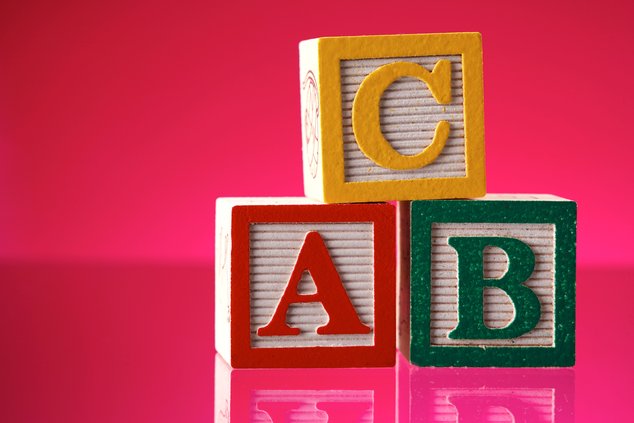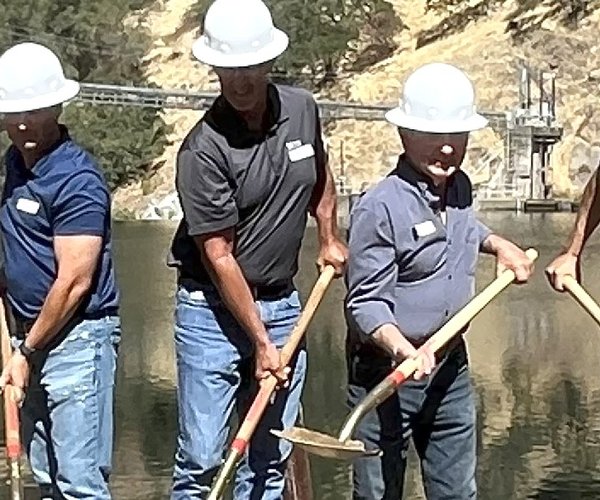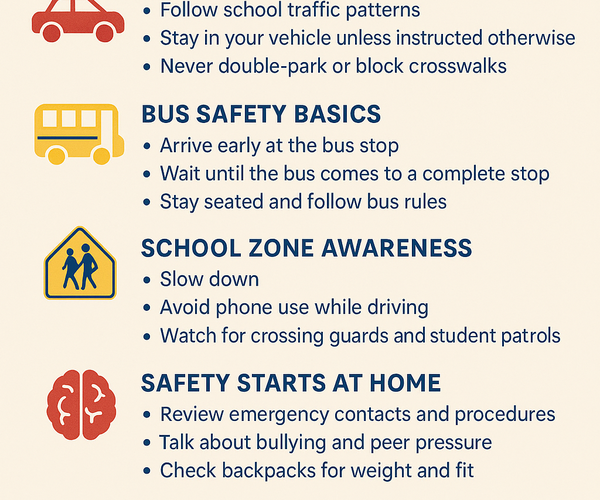With only 11 states currently offering universal pre-K education, the personal-finance website WalletHub recently released its report on 2025’s States with the Best and Worst Early Education Systems, as well as expert commentary.
While good elementary schools, high schools and colleges are important factors for parents to consider when choosing where to settle down, the availability of quality pre-K education is just as crucial. Children enrolled in early education programs are more likely to be academically prepared for future grades, as well as have higher graduation rates and higher earning potential than those who are not enrolled, according to the National Education Association. In addition, those who attend pre-K programs have been shown to have less risk of future crime than those who do not. Plus, one estimate shows that every dollar invested in early education programs for disadvantaged families may generate $7.30 in economic benefits due to its impact on helping children grow up to be healthier, higher-earning adults.
California was ranked at number 29 overall in the report.
In order to determine the best early education systems in America, WalletHub compared the 50 states and the District of Columbia across 12 key metrics. The data set ranges from the share of school districts that offer a state pre-K program to the number of pre-K quality benchmarks met and total reported spending per child enrolled in pre-K.
Quality of Early Education in California (1=Best; 25=Avg.):
Overall Rank: 29th
13th – Share of 3- and 4-year-olds enrolled in pre-K, pre-K Special Education and Head Start
6th – Income Requirement for State Pre-K Eligibility
1st – Total Reported Spending per Child Enrolled in Preschool
15th – Total State Head Start Program Spending per Child Enrolled in Preschool
1st – Monthly Child Care Co-Payment Fees as a Percent of Family Income
Maryland was number one in the rankings, followed by the District of Columbia, Arkansas, New Jersey and New Mexico rounding out the top five. The bottom five were Massachusetts, Idaho, Montana, New Hampshire, and coming in last, Missouri.
“The more that states invest in early education, and the more accessible they make those programs, the more they will benefit in the future. Having access to quality early education gives students a jump start that can improve their future performance in school, as well as lead to better job opportunities and higher earnings in the long-term. A better-educated, higher-earning population will in turn bring economic benefits back to the state,” noted WalletHub Analyst Chip Lupo. “Maryland is the state with the best early education system, in part because they had the 15th-highest increase in enrollment between the 2001-2002 and 2023-2024 school years, at five percent. In addition to having a statewide school safety plan, it also requires regular audits to make sure everything is in line. Finally, Maryland has the fourth-highest spending per child enrolled in preschool, at $17,262.”
For the full report, visit: https://wallethub.com/edu/states-with-the-best-and-worst-early-education-systems/62668
Expert Commentary
What are the most important factors that influence a child’s educational development?
“Decades of research have shown that outside-of-school influences outweigh in-school factors like teaching and curriculum. So, things like home environment, nutrition, and family stability and support are really important in determining whether a child will be successful in school. Of course, not all children have equal access to good support systems outside of school. So education – and especially early education – is a crucial if imperfect way of helping all students succeed.”
Christopher Lubienski, PhD – Director, Center for Evaluation & Education Policy; Professor, Indiana University
“Developmentally appropriate learning opportunities, engaged and supportive parents, experienced teachers, good fit between child and educational program.”
Robert Crosnoe – Senior Associate Dean, College of Liberal Arts; Professor, The University of Texas at Austin
Is education spending a direct measure of education quality?
“Money matters, a lot. But it’s not a perfect predictor of school quality or success. A lot depends on how the money is spent. That said, a lack of funding is often an insurmountable obstacle to quality education. That’s why rich families don’t send their kids to poorly-funded schools.”
Christopher Lubienski, PhD – Director, Center for Evaluation & Education Policy; Professor, Indiana University
“Spending is a necessary, but not sufficient, ingredient. It lays the foundation, but the teaching and learning have to be built on that foundation.”
Robert Crosnoe – Senior Associate Dean, College of Liberal Arts; Professor, The University of Texas at Austin
What can state and local policymakers do to improve their school systems without raising taxes?
“They can equalize funding. Research shows that countries with more equitable education systems have better outcomes overall, largely because poorer students do better when their schools get more resources.”
Christopher Lubienski, PhD – Director, Center for Evaluation & Education Policy; Professor, Indiana University
“Listen to teachers and educators, make sure that the funds that do exist are not hoarded in some areas or misappropriated, ground decision-making in evidence, and understand that early childhood education requires a different approach than K-12 education, involve communities.”
Robert Crosnoe – Senior Associate Dean, College of Liberal Arts; Professor, The University of Texas at Austin





